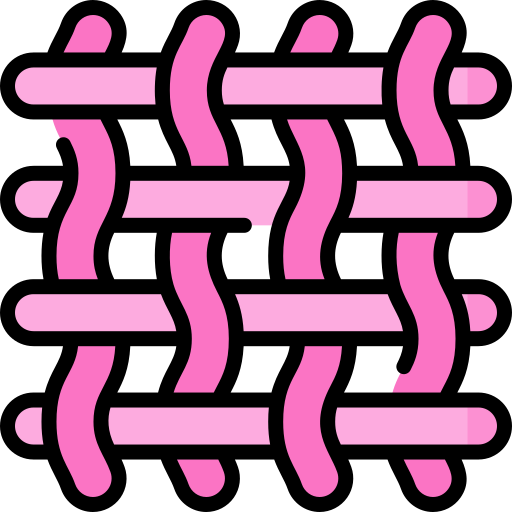How to Mix Colors and Create Patterns for Stunning Fabric Art
Creating vibrant and eye-catching fabric art relies heavily on the thoughtful use of colors and patterns. Understanding color mixing, experimenting with combinations, and applying creative patterns can transform a simple piece of fabric into a work of art. This guide explores essential techniques and tips for achieving stunning results in your fabric painting projects.
Understanding Color Theory
Color theory is the foundation of visually appealing designs. Beginners should familiarize themselves with basic concepts:
- Primary Colors – Red, blue, and yellow are the building blocks for all other colors.
- Secondary Colors – Green, orange, and purple are formed by mixing primary colors.
- Complementary Colors – Colors opposite each other on the color wheel create striking contrast.
- Analogous Colors – Colors next to each other on the wheel produce harmonious, subtle blends.
Understanding these principles helps in making intentional color choices rather than relying on random combinations.
Mixing Colors for Fabric Painting
Color mixing allows you to create unique shades, gradients, and effects:
- Start Simple – Begin by mixing two colors at a time to see how they interact.
- Test on Scrap Fabric – Experiment with color ratios before applying to your final project.
- Layering – Layer colors to achieve depth, highlight areas, or create ombre effects.
- Opacity and Transparency – Adjust paint thickness to achieve lighter or more intense hues.
Practicing color mixing builds confidence and expands your creative possibilities.
Choosing Patterns for Impact
Patterns add texture, movement, and personality to your fabric art. Beginners can start with simple designs before exploring more complex options:
- Stripes and Lines – Easy to execute and effective for bold, modern designs.
- Dots and Polka Dots – Fun and playful patterns that work well on smaller areas.
- Swirls and Marbling – Combine colors fluidly to create dynamic and organic effects.
- Geometric Shapes – Triangles, hexagons, and other shapes provide structure and visual interest.
Patterns can be repeated, layered, or combined to create a cohesive and engaging design.
Combining Colors and Patterns
The key to stunning fabric art is the thoughtful combination of colors and patterns:
- Pair bold colors with simple patterns to avoid overwhelming the design.
- Use repeated colors or motifs to unify different elements of a piece.
- Consider scale—larger patterns suit big surfaces, while smaller patterns enhance details on compact items.
- Experiment with contrast and harmony to guide the viewer’s eye and emphasize focal points.
Combining colors and patterns effectively makes your fabric pieces visually compelling.
Developing Your Personal Style
As you gain experience, you’ll naturally develop a personal style:
- Keep a sketchbook or swatch journal to record favorite color mixes and patterns.
- Try themed collections or seasonal designs to explore new ideas.
- Don’t be afraid to experiment—sometimes unexpected combinations produce the most striking results.
A recognizable personal style helps your fabric art stand out and communicates your unique artistic voice.

